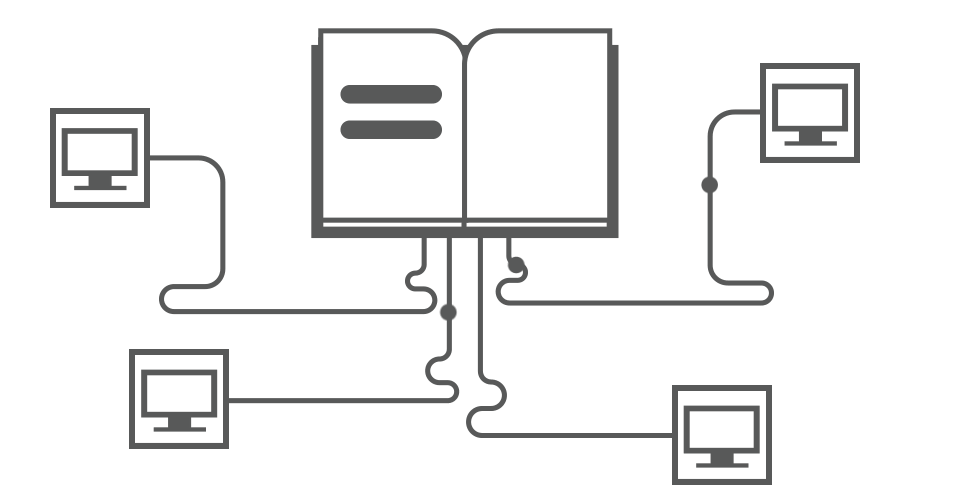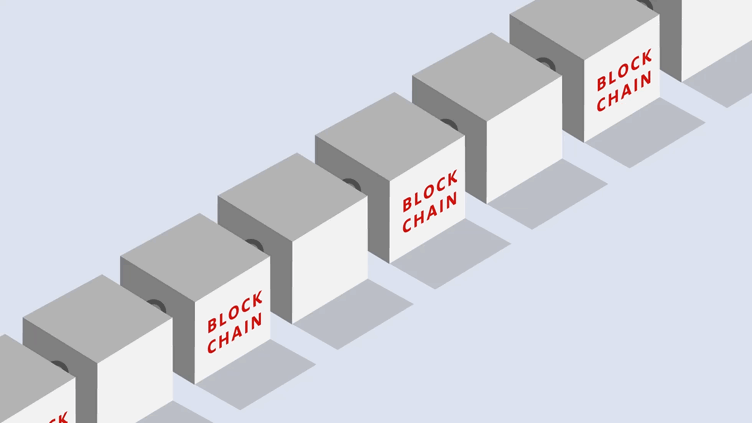Bitcoin: Know about it so you can love it too (Part 1)
Challenge entry: Transparency, anonymity, credibility, security and decentralization in Bitcoin
Bitcoin is a digital currency that was created in 2009 based on a framework outlined in a 'white paper' by a pseudonymous Satoshi Nakamoto in 2008. Transactions involving this digital currency incurred very low fees and it is not controlled by anyone. Bitcoin is completely decentralized, it is not issued or backed or controlled by any government or individual.
Being a digital currency, there is nothing like a physical bitcoin that can be held in one's hands. Instead, bitcoin exists as balances kept in a public ledger that everyone has a transparent access to. Unlike conventional banks which run private ledger that no one has access to, with bitcoin, anyone can access a bitcoin transaction because it is stored on a public ledger.
A ledger simply means a book of accounts where summaries of transaction records are kept. For banks it's private, for bitcoin, it's public.
Anyone can access bitcoin's public ledger

Source
When I say anyone can access bitcoin's public ledger, I mean even you can look up any bitcoin transaction even if you were not involved in it. This is how you can do it.
To look up a bitcoin transaction, users can visit this website blockchain.com/explorer and use the search bar on the upper right to learn more about a particular bitcoin address, transaction hash, or block number by entering it in the search field.
.
.
Once you click enter, information about your search query will display. Source
Quick Note:
Bitcoin can mean two things. When the word Bitcoin is capitalized in the middle of a sentence (i.e. Bitcoin), it means the concept but when it is in lower case (i.e. bitcoin) it means an amount of the digital currency. When it's used to start a sentence, it can mean any of these.
Bitcoin uses peer-to-peer technology and is made up of a large network of computers, all running bitcoin's codes and storing bitcoin's blockchain. As of May 2020, these computers numbered up to 47,000. These computers are owned by individuals or companies who are voluntarily participating in the Bitcoin network. These individuals or companies comprises of nodes or miners, the people that verify and confirm transactions on the Bitcoin network. They are motivated to do this by rewards such as the transaction fees paid in bitcoin.
Bitcoin stays secured because in Bitcoin, users are kept honest. This is achieved through the technology powering Bitcoin known as blockchain.
Bitcoin is powered by a blockchain
Source
Simply put, a blockchain means digital data (arranged in blocks) stored on a public database (chain). A block can contain up to 1MB of data. This means that it can contain details of lots of transactions as well as any other kind of data. The first block ever mined contained the text
"The Times 03/Jan/2009 Chancellor on brink of second bailout for banks," Source
And it was called the genesis block. Each block contain a unique code called a hash. This makes sure that no two blocks are the same. When a transaction occurs, the network of computers or miners rush to confirm the transaction. The transaction will first be stored in a block by these miners while they're confirming it. Once it is confirmed, further details of the transaction like the amount involved and the digital signatures of both transacting parties is added to the block. Remember that a block can contain hundreds of transaction records. Once all the transaction in a block is confirmed, the block is given a hash and also the hash of the most recent block added to the chain. After receiving the hash, the block is added to the chain.
Now wait a minute. This means one can't tell the parties involved in a transaction in fact, you only know their digital signatures or usernames. So how then is the blockchain or the people running it trustworthy?
The answer is simple. Not anyone can add a block to the chain. If you want to add a block to the chain, you have to take a test. This test requires you to prove yourself before you can be allowed to add a chain to the network. For Bitcoin, one of the most common tests is called proof-of-work. In proof-of-work, the you must prove that you've done some work by solving a very complex computational math problem. If you're able to, then you can be allowed to add blocks to the chain. But adding blocks to the chain is not easy. It is very costly and most people still fail to do it. The probability is one out of 17trillion tries. Dumb.
So coming into the blockchain with an insincere alterior motive is not worth it at all. How about trying to attack it? Say edit a transaction to make someone pay twice or pay somewhere else?
Bitcoin's blockchain has a linear chronological arrangement

Source
Well, that's even worse. Remember each block has a unique hash and also the hash of the previous block. Now, blocks are added at the end of the chain not in the middle, such that they follow a chronological order. If the data in a block is changed, the hash changes and this will create a mismatch in the next block carrying the original hash of the previuos block. The hash of the previous block in this next block will have to be changed which will consequently change its own hash. By and large, all the hashes till the end of the chain has to be changed. Now who has the resources and the knowledge to do that? There are over 600,000 blocks currently on bitcoin's blockchain. And the attacker will have to overwhelm the other miners by controlling at least 51% of the total computing power used.
Thus hacking or attacking the block chain is useless. It hasn't been done successfully till date.
Conclusion
As the transacting parties only provide digital signatures, anonymity of transacting parties on the blockchain is achieved. The manner of arrangement of the blockchain and the resources and risks involved in adding blocks makes users who do so sincere and consistent as it is insanely demanding that most individuals don't do it alone these days. This has achieved security as well as credibility on the blockchain. The fact that the transactions are recorded on a public ledger (blockchain) makes it transparent and since no one person can have control over bitcoin, it is effectively decentralized.
References:
The price of Bitcoin (BTC) will be 13350.00 USD

Twitter share
Link
Blockchain prevents double-spending by order and timestamping. An un-ordered Blockchain is not at all possible. Second, the timestamping will make sure that it is not created previous to that time. So when there will be any such event of double-spending, the nodes will get to know which one is valid and which one is not. Accordingly, the transactions will be verified and added to the chain. The invalid one will be pulled out from the network.
Thank you.
#onepercent #india #affable
Yes. Thank you for this addition. The blockchain is really a a wonderful invention. Thanks for coming around.
Congratulations you are one of the winners of the Steem Crypto Challenge Month...
Thank you for taking part
The Steemit Team
Wow! I'm very grateful. I'm above 1,500SP and heading to 2,000SP all thanks to this challenge. I'm so enjoying this challenge. I hope it doesn't end.
Thank you so much for selecting me among the winners, I'm immensely grateful.
Peace.
Sorry... I wouldn't want to be invested in any of the Cryptos, once U.S. Electronic Money is Activated...
October 29, 2020... 7.2 Hollywood Time...
Ok. Goodluck to you.
I did the Fine Tuning for the Return to Sound Money... It's not a matter of Luck... I just want to give as many people as possible a Heads Up, and a Little Food for Thought...
October 29, 2020... 7.8 Hollywood Time...